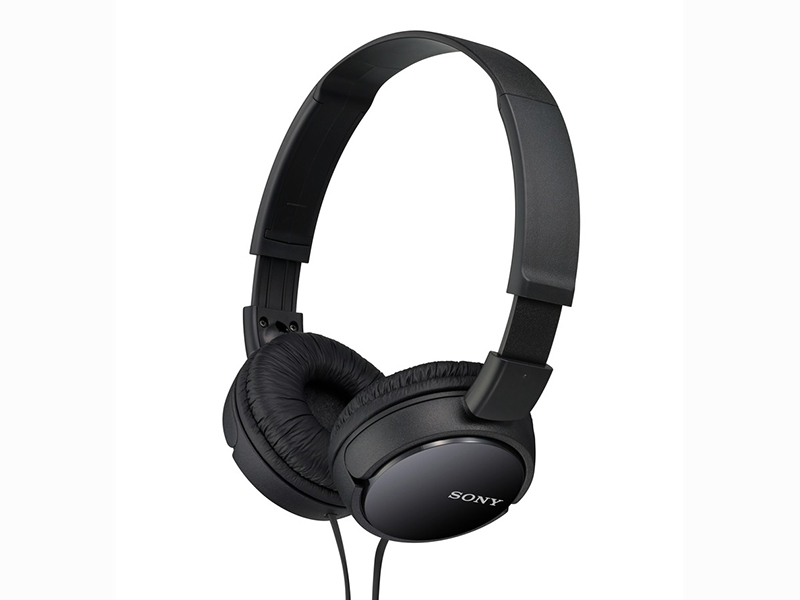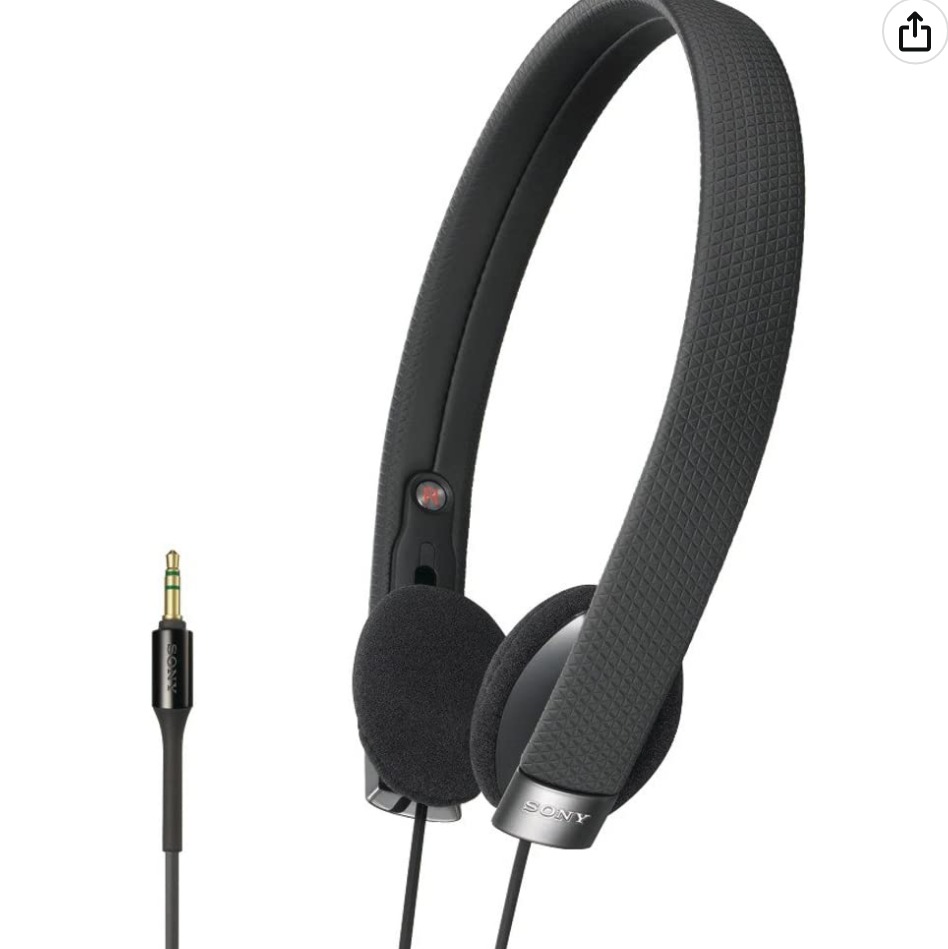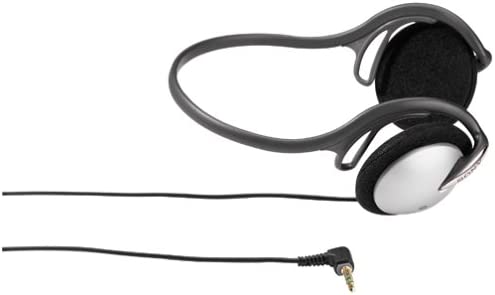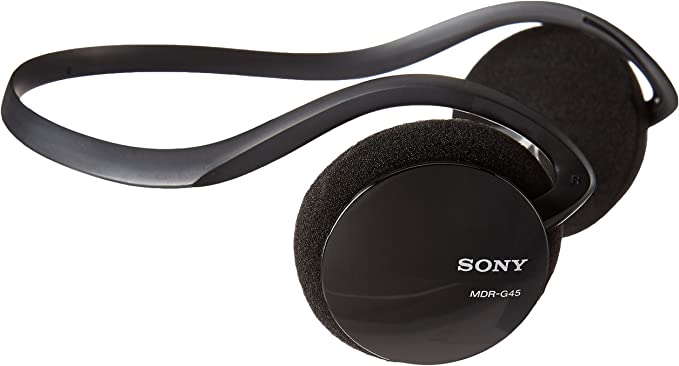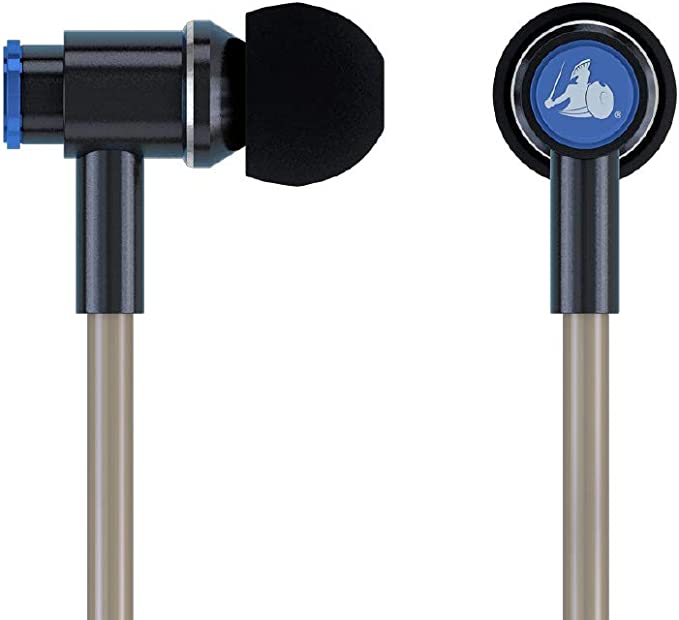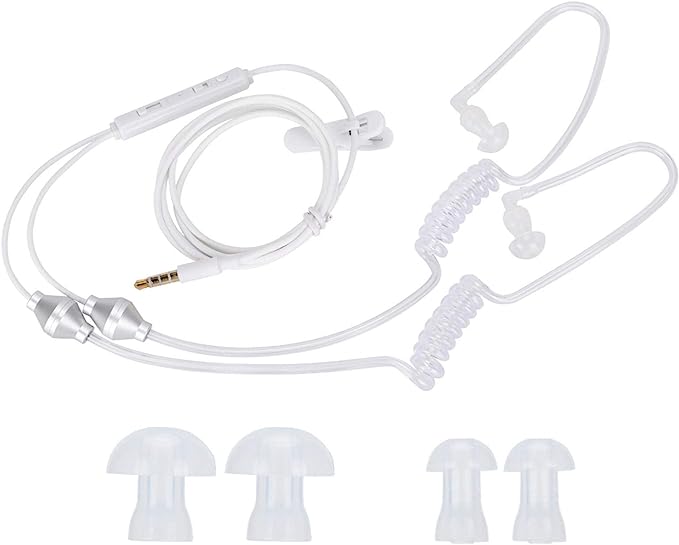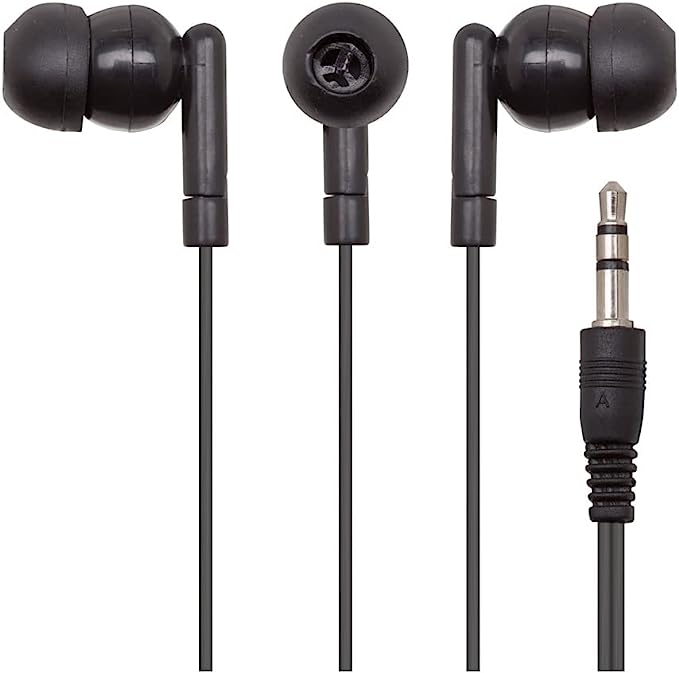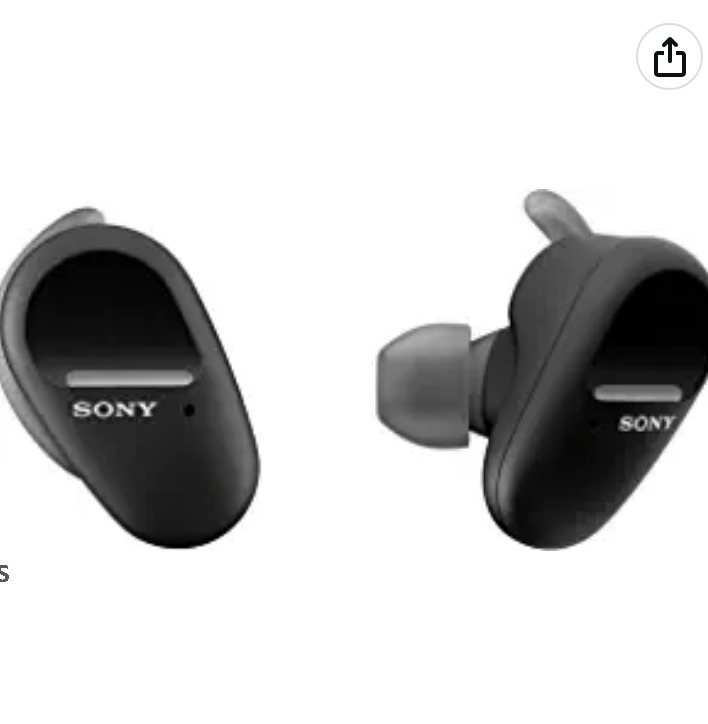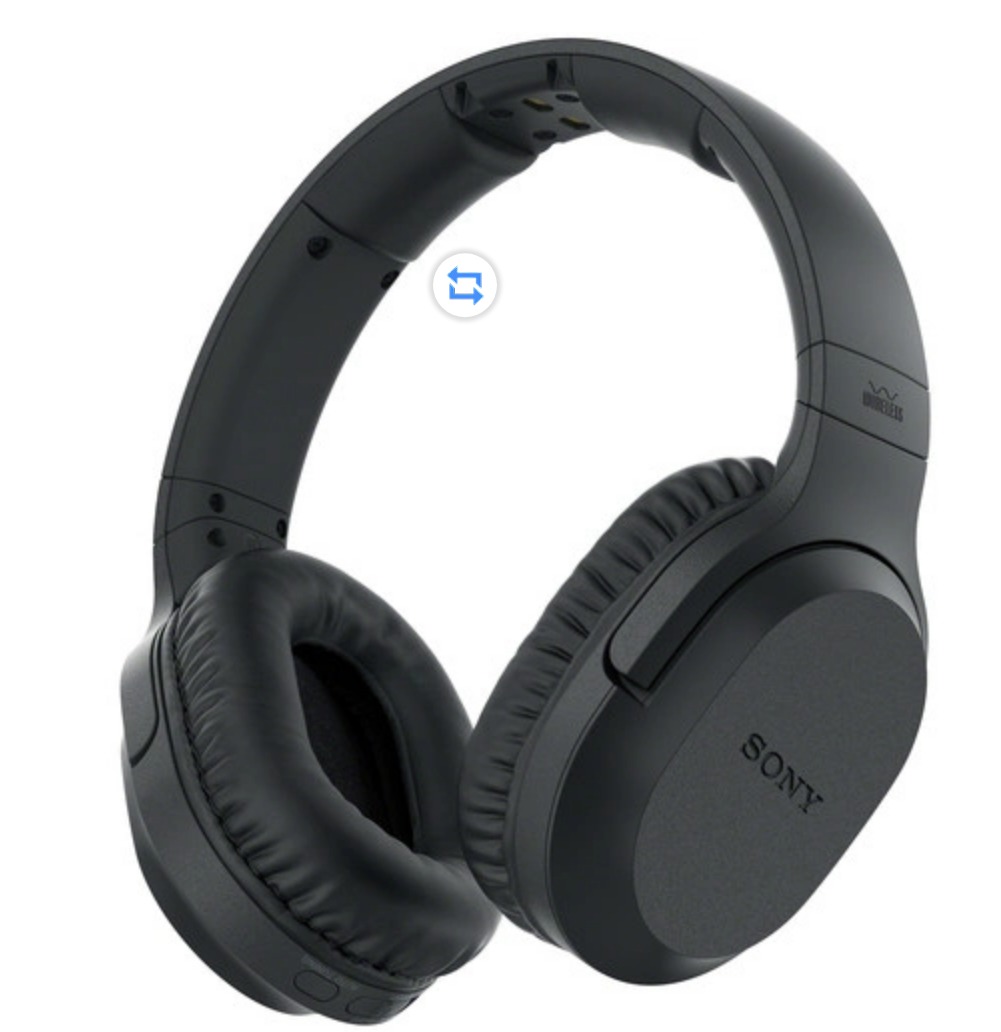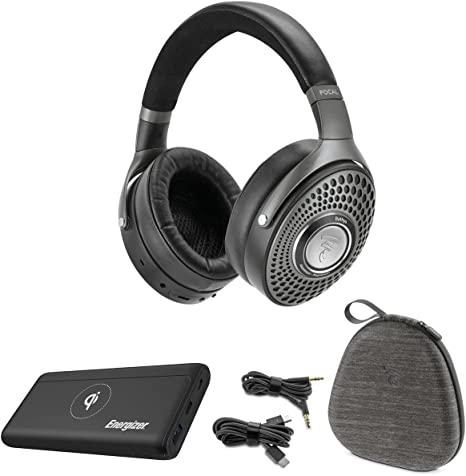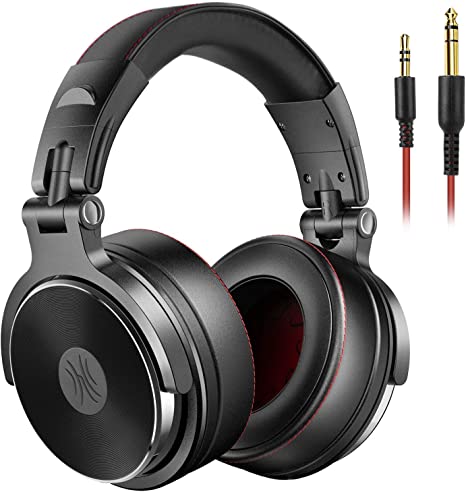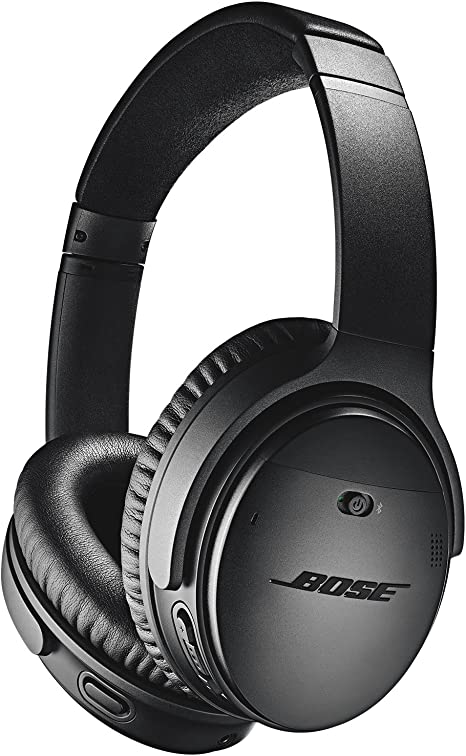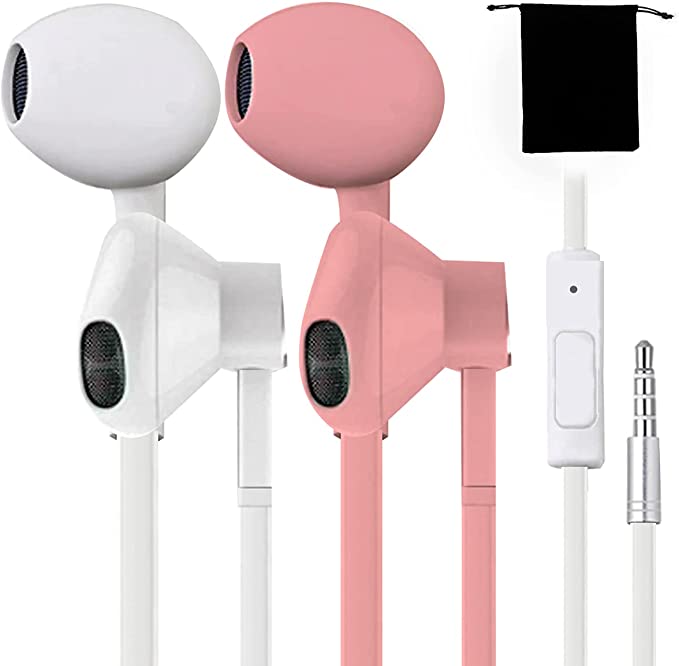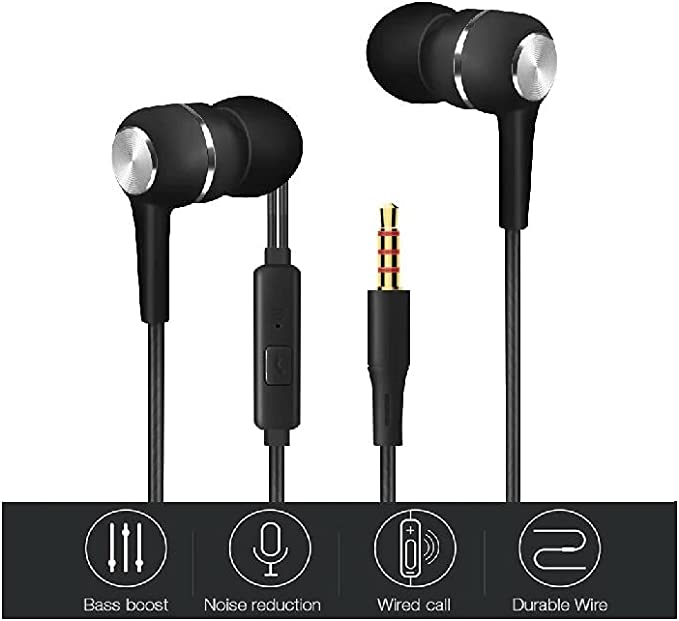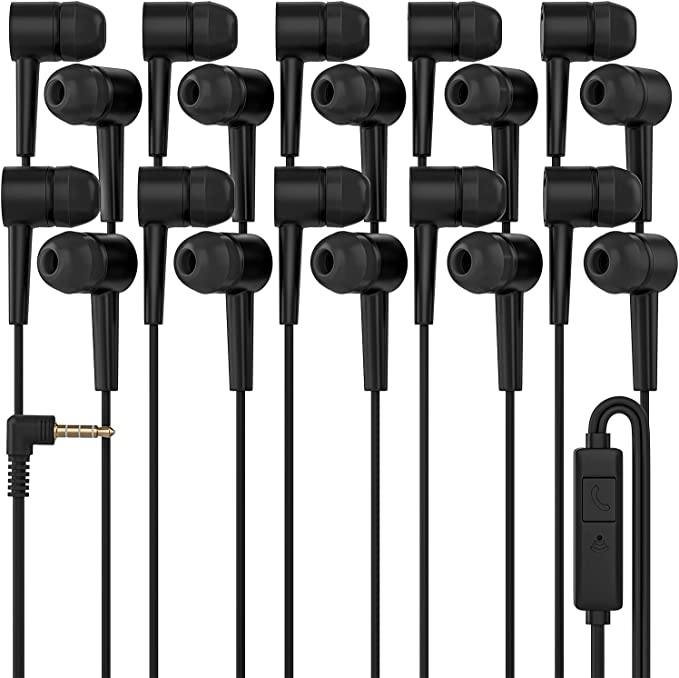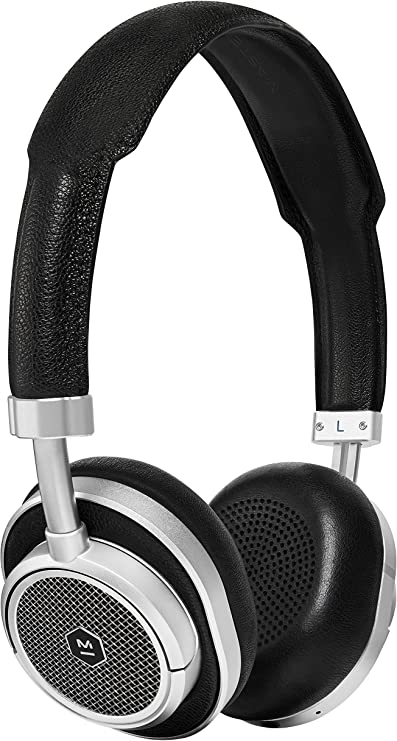Sony MDREX14AP In-Ear Headphones: Clear Sound & Hands-Free Calling
Update on Feb. 19, 2025, 2:36 p.m.
Decoding Sound: How the Sony MDREX14AP Earbuds Work
The city is a symphony, but not always a harmonious one. The rumble of buses, the chatter of crowds, the insistent drilling from nearby construction – it’s a constant barrage of sound. Sometimes, you just need an escape, a way to curate your own personal soundscape. That’s where in-ear headphones like the Sony MDREX14AP come in. But how do these tiny devices deliver a world of sound directly to your ears? Let’s explore the science.

Sound: More Than Meets the Ear
Imagine dropping a pebble into a calm pond. Ripples spread outward from the point of impact, creating a pattern of waves. Sound travels in a similar way, although instead of water, it’s air molecules that are vibrating. When an object vibrates – whether it’s a guitar string, a loudspeaker, or your vocal cords – it pushes and pulls on the surrounding air molecules, creating areas of high and low pressure. These pressure changes travel outwards as sound waves.
The frequency of a sound wave, measured in Hertz (Hz), determines its pitch. One Hertz means one vibration per second. A low rumble might have a frequency of 50Hz, while a high-pitched whistle might be 10,000Hz. The amplitude of the wave, or the size of the pressure changes, determines its loudness.
Your Ear: A Biological Masterpiece
These sound, once reached your out ear, and collected by it.
Those waves reach your eardrum, a thin membrane that vibrates in response. These vibrations are then amplified by three tiny bones in your middle ear – the hammer, anvil, and stirrup (malleus, incus, and stapes). The stirrup transmits the vibrations to the cochlea, a fluid-filled, snail-shaped structure in your inner ear.
Inside the cochlea are thousands of tiny hair cells. Different hair cells are sensitive to different frequencies of sound. When the fluid in the cochlea vibrates, these hair cells bend, triggering electrical signals that travel along the auditory nerve to your brain. Your brain then interprets these signals as sound – music, speech, or the annoying drone of that jackhammer outside your window.

Inside the MDREX14AP: Tiny Tech, Big Impact
The Sony MDREX14AP earbuds, despite their small size, are packed with technology designed to reproduce sound accurately and efficiently. The key component is the driver unit. Think of the driver as a tiny, highly responsive drum. It’s an electromagnet that, when electricity passes through, it vibrates a diaphragm back and forth, which will produce sound waves.
The MDREX14AP uses 9mm neodymium drivers. Neodymium is a rare-earth element that forms incredibly powerful magnets for their size. This is crucial for in-ear headphones, where space is at a premium. The stronger the magnet, the more precisely the driver can control the diaphragm’s movement, resulting in a more accurate and powerful sound reproduction, particularly in the bass frequencies.
Decoding Frequency Response
You’ll often see headphones described with a frequency response range. For the MDREX14AP, it’s 8Hz-22kHz. This describes the range of sound frequencies the headphones can reproduce. While the generally accepted range of human hearing is 20Hz to 20kHz, some people, especially younger individuals, can hear slightly beyond this range. The MDREX14AP’s extended range ensures that you’re capturing the full spectrum of sound, from the deepest bass notes to the highest-pitched details.
The Importance of a Good Seal
Ever noticed how much better your earbuds sound when you push them firmly into your ears? That’s because a good seal is crucial for two reasons: noise isolation and bass response.
The silicone earbud tips that come with the MDREX14AP (in three different sizes) are designed to create a tight seal in your ear canal. This seal blocks out external noise, allowing you to hear your music more clearly without having to crank up the volume (which is important for protecting your hearing, as we’ll discuss later). It also prevents sound from leaking out of your headphones, so you’re not disturbing the people around you.
Furthermore, a good seal ensures that the low-frequency sound waves (the bass) are properly transmitted to your eardrum. Without a good seal, much of the bass energy can dissipate, resulting in a thin, tinny sound.
Staying Connected: The Mic and Remote
It has a built-in microphone and a single-button remote. The microphone picks up your voice by converting sound waves into electrical signals, and the remote allows you to control basic functions like answering calls, playing/pausing music, and skipping tracks, depending on your device. This convenient combination lets you seamlessly switch between enjoying audio and taking calls without having to fumble for your phone.
A Brief History of Headphones
Headphones have come a long way. The earliest versions, developed in the late 19th century, were bulky, single-ear devices used by telephone operators. Stereo headphones didn’t appear until the 1950s, and the first truly portable headphones, designed for personal listening, emerged in the 1960s. The Walkman, introduced by Sony in 1979, revolutionized personal audio, making music truly portable for the first time.
Sony’s Legacy in Audio
Sony has a long and storied history in the audio industry. From the Walkman to the development of the Compact Disc (CD) and MiniDisc, Sony has consistently pushed the boundaries of audio technology. The MDREX14AP earbuds, while a relatively simple product, represent a continuation of this legacy, offering a high-quality audio experience at an accessible price.
Listen Responsibly: Protecting Your Hearing
While enjoying your favorite music is a great pleasure, it’s crucial to protect your hearing. Prolonged exposure to loud sounds can damage the delicate hair cells in your cochlea, leading to permanent hearing loss. Here are a few tips:
- Keep the volume at a reasonable level. If you can’t hear someone talking to you from an arm’s length away, your music is probably too loud.
- Take breaks. Give your ears a rest from listening, especially after extended periods.
- Use noise-isolating headphones. By blocking out external noise, you can listen at a lower volume.
Conclusion: Your Everyday Sound Solution
The Sony MDREX14AP in-ear headphones are more than just a simple accessory; they’re a window into the world of sound. By understanding the basic principles of acoustics and the technology packed into these tiny devices, you can appreciate the engineering that goes into delivering a satisfying audio experience. While they may not offer the audiophile-grade performance of high-end headphones, the MDREX14AP earbuds provide a compelling blend of sound quality, comfort, convenience, and affordability, making them an excellent choice for everyday listening.
They deliver clear audio for music and calls, enhanced by their neodymium drivers and broad frequency response. Their comfortable fit and in-line controls make them practical for daily use, embodying Sony’s commitment to accessible audio technology.
